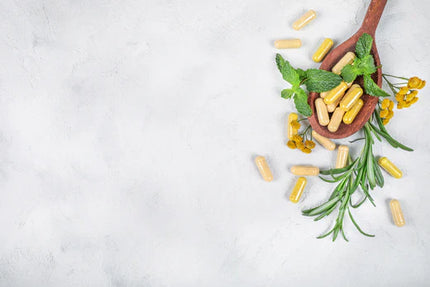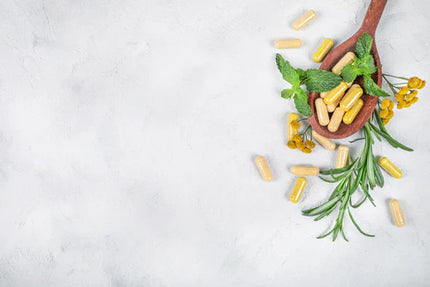BCM-95™ Turmeric, Grape Seed Extract and Burdock for Skin Inflammation and Lymphatic System Support
To promote skin health, a combination of cleavers, BCM-95™ turmeric, dandelion, burdock and grape seed extract can enhance tissue repair and quell skin inflammation. Combining natural anti-inflammatory and antioxidant mechanisms, these botanicals help to support the skin barrier against inflammation, ultraviolet (UV) damage, allergens, pollutants and bacterial exposures.




